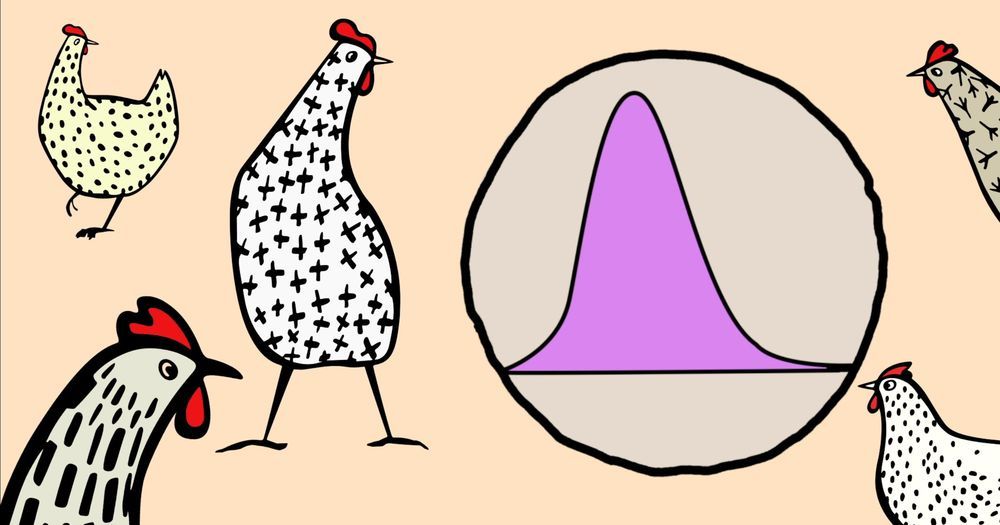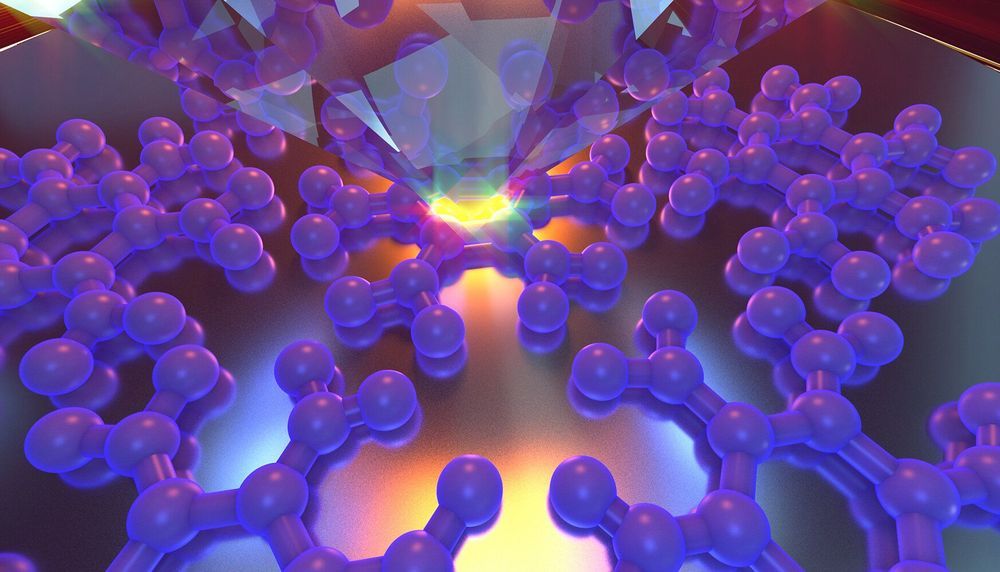Astronomers are puzzling over a paucity of planets in the galaxy measuring between 1.5 and two times Earth’s size.



This therapy can aid in several other cases, and one day it may help patients diagnosed with diabetes, Parkinson’s disease and cancer.
Kristopher Boesen’s life changed in a minute after he survived a car accident. The young man lost control over his car, and crashed it into a tree and lamp post. The terrible accident almost took his life, but Kristopher survived. Unfortunately, he was paralyzed from the neck down, and doctors were almost convinced that he will never regain the control over his body.

In the first of a dozen launches to set up its Starlink network that could provide high-speed internet all around the world…
SpaceX is now eyeing tonight for the lift-off of a Falcon 9 rocket towing the first of 60 Starlink satellites after postponing its planned Wednesday launch due to high winds.
Launch of the mission, aimed at placing the initial stage of Musk’s space-based global internet network into low-Earth orbit, was rescheduled for 10:30 p.m. on Thursday (0230 GMT Friday) from the Cape Canaveral Air Force Station, SpaceX said.
In a call with reporters before Wednesday’s countdown was halted, the high-tech entrepreneur praised the ‘fundamental goodness’ of his ambitions to expand internet connectivity globally but cautioned that success was far from guaranteed.

Nina Khera writes about the aging processes and why she took an interest in aging research and why she thinks young people should too.
Aging is a series of processes in which the body’s ability to perform functions gradually decreases. The Hallmarks of Aging includes such things as an increase in senescent cells and a decrease in stem cells, but decreasing NAD+ and increasing free radicals matter as well. This article will cover a few root causes of aging and their total impact on humanity.
Senescent cells
One root cause of aging is senescent cells. These are aged or damaged cells that normally would initiate the self-destruct sequence known as apoptosis to dispose of themselves, but, for some reason, they evade this process and stay alive in the body.

I’ve been wanting to write on this quintessential #transhumanism debate for a long time: whether a copy of you is…well you. Here’s my new article for Quartz: https://qz.com/1616187/transhumanist-science-will-reshape-wh…-be-human/ #Omnipotism #Philosophy #LifeExtensionGameTheory
In 20 years transhumanist science could help us cheat death.


Alexey Kochetov, director of the Siberian Branch of the Russian Academy of Sciences (RAS) Institute of Cytology and Genetics in Novosibirsk, welcomed the research programme, noting that genetics in Russia has been “chronically underfinanced” for decades. Funding for science plummeted in the 1990s following the break-up of the Soviet Union, and Russia still lags behind other major powers: in 2017, it spent 1.11% of its gross domestic product on research, compared with 2.13% in China and 2.79% in the United States.

Lawrence Livermore National Laboratory (LLNL) scientists in collaboration with University of Nevada Las Vegas (UNLV) have discovered a previously unknown pressure induced phase transition for TATB that can help predict detonation performance and safety of the explosive. The research appears in the May 13 online edition of the Applied Physics Letters and it is highlighted as a cover and featured article.
1,3,5-Triamino-2,4,6- trinitrobenzene (TATB), the industry standard for an insensitive high explosive, stands out as the optimum choice when safety (insensitivity) is of utmost importance. Among similar materials with comparable explosive energy release, TATB is remarkably difficult to shock-initiate and has a low friction sensitivity. The causes of this unusual behavior are hidden in the high-pressure structural evolution of TATB. Supercomputer simulations of explosives detonating, running on the world’s most powerful machines at LLNL, depend on knowing the exact locations of the atoms in the crystal structure of an explosive. Accurate knowledge of atomic arrangement under pressure is the cornerstone for predicting the detonation performance and safety of an explosive.
The team performed experiments utilizing a diamond anvil cell, which compressed TATB single crystals to a pressure of more than 25 GPa (250,000 times atmospheric pressure). According to all previous experimental and theoretical studies, it was believed that the atomic arrangement in the crystal structure of TATB remains the same under pressure. The project team challenged the consensus in the field aiming to clarify the high-pressure structural behaviour of TATB.
